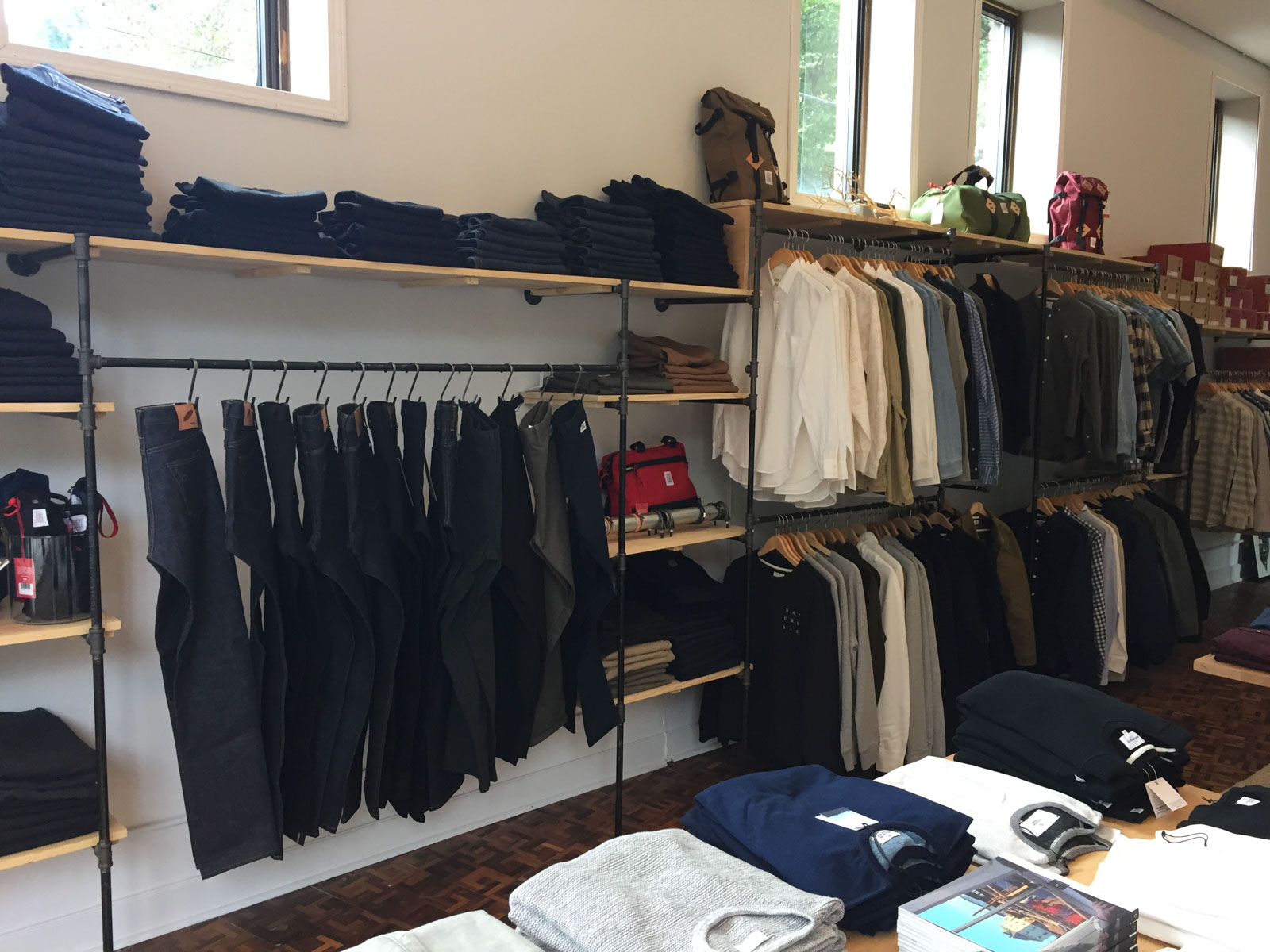Eastern Wear Pakistan: Crucial Wardrobe Pieces for every single Style Enthusiast
Experience the Beauty of Conventional Eastern Clothing
Embark on a journey via the elaborate globe of conventional Eastern outfit, where each garment informs a tale woven with social richness and historic value. Join us as we unravel the keys behind these beautiful items and discover the allure of Eastern outfit that has astounded generations. eastern wear pakistan.
History of Eastern Outfit
Eastern attire has an abundant history that dates back centuries, mirroring the diverse societies and customs of areas such as Asia and the Center East. In Asia, traditional clothing differs substantially from the vibrant saris worn in India to the stylish robe of Japan.
Throughout background, Eastern clothing has not just served as a kind of clothing yet likewise as a sign of social identification and heritage (eastern wear pakistan). Fabrics like cotton, silk, and linen have been generally utilized, with designs and patterns usually holding considerable significances or representing facets of nature or spirituality. Conventional garments have actually been given via generations, with each piece bring a sense of background and custom. Today, Eastern clothes continues to develop, mixing typical elements with contemporary style trends to produce special and classic styles.
Relevance of Embroidery
Needlework plays a crucial role in typical Eastern clothes, adding intricate information and cultural significance to garments that have actually been given through generations. In Eastern societies, needlework is not just ornamental but holds deep symbolic significances. Each stitch and pattern can communicate tales, ideas, and even social status.
The art of embroidery in traditional Eastern attire is a labor-intensive process that requires ability and patience. Extremely competent artisans thoroughly hand embroider detailed layouts onto materials using techniques that have been refined over centuries. These embroidered layouts usually show the abundant cultural heritage of the area they stem from, showcasing themes influenced by nature, mythology, or historical events.

Glamorous Fabrics Utilized
Extravagant materials play a crucial duty in boosting the elegance and luxury of traditional clothes throughout diverse Eastern societies. Silk, renowned for its soft qualities and luster, is a favored choice for numerous traditional garments because of its lavish feeling and capability to curtain gracefully. In countries like India, China, and Japan, silk has a lengthy history of being made use of in typical clothing, signifying wide range and condition.
An additional extensively used lavish textile is brocade, characterized by intricate patterns woven into the material. Brocade adds a touch of sophistication to garments and is often seen in ritualistic clothing and official wear. Velour, with its deluxe texture and rich appearance, is likewise a prominent option for standard outfit in Eastern societies, especially for cheery occasions and special events.
In addition, organza, chiffon, and satin are frequently utilized for their running and light-weight qualities, including a feeling of delicacy and elegance to garments. These elegant materials not only boost the visual allure of typical Eastern attire yet likewise add to the overall attraction and charm of the user.
Workmanship Techniques
Typical clothes in different cultures showcases impressive workmanship methods that are given with generations, highlighting the ability and creativity included in producing these exquisite garments. Each stitch, needlework, and decoration is carefully crafted to create classic items that symbolize the cultural heritage and customs of the region. The workmanship techniques made use of in standard Eastern outfit typically entail elaborate handwork, such as hand weaving, hand needlework, and hand beading, which need precision and attention to information.
Artisans who concentrate on these strategies undergo years of training to best their skills and master the standard techniques of garment building. Making use of top quality materials combined with professional look what i found craftsmanship causes garments that not only look visually stunning however additionally stand the examination of time. The commitment to maintaining these craftsmanship methods ensures that each piece of conventional Eastern clothing is a masterpiece, showing the abundant cultural background and heritage of the region.
Ageless Beauty and Charm

The detailed needlework, fragile beadwork, and extravagant textiles utilized in standard Eastern outfit contribute to its unrivaled appeal. The precise workmanship passed down via generations makes sure that every piece shows and informs a story sophistication and poise.
Moreover, the timeless shapes and stylish draping of typical Eastern attire add to its long-lasting appeal. The flowing lines and elegant layouts produce a feeling of harmony and equilibrium that is both mentally captivating and visually enticing.
Essentially, the classic style and elegance of traditional Eastern clothing act as a testimony to the skill and creativity of the artisans that commit their lives to preserving these exquisite sartorial traditions. - eastern wear pakistan
Final Thought
Finally, the style of conventional Eastern outfit is a testimony to the abundant background, cultural value, and elaborate workmanship of the region. From the intricate embroidery to the lavish materials and ageless appeal, each garment narrates and reflects the social identity of its beginnings. Embracing Eastern clothing enables Go Here one to value the artistry and sophistication that have actually been passed down via generations, creating absolutely charming and fascinating items.
Embark on a trip with the elaborate world of typical Eastern outfit, where each garment informs a story woven with social splendor and historical significance.Needlework plays an essential function in typical Eastern clothing, including elaborate details and cultural value to garments that have actually been passed down through generations.Extravagant fabrics play a pivotal role in boosting the beauty and opulence of standard clothing throughout diverse Eastern societies. The workmanship strategies made use of in conventional Eastern clothing typically include elaborate handwork, such as hand weaving, hand needlework, and hand beading, which require accuracy and focus to information.
In final thought, the beauty of conventional Eastern clothing is a testimony to the abundant history, social relevance, and intricate craftsmanship of the area.